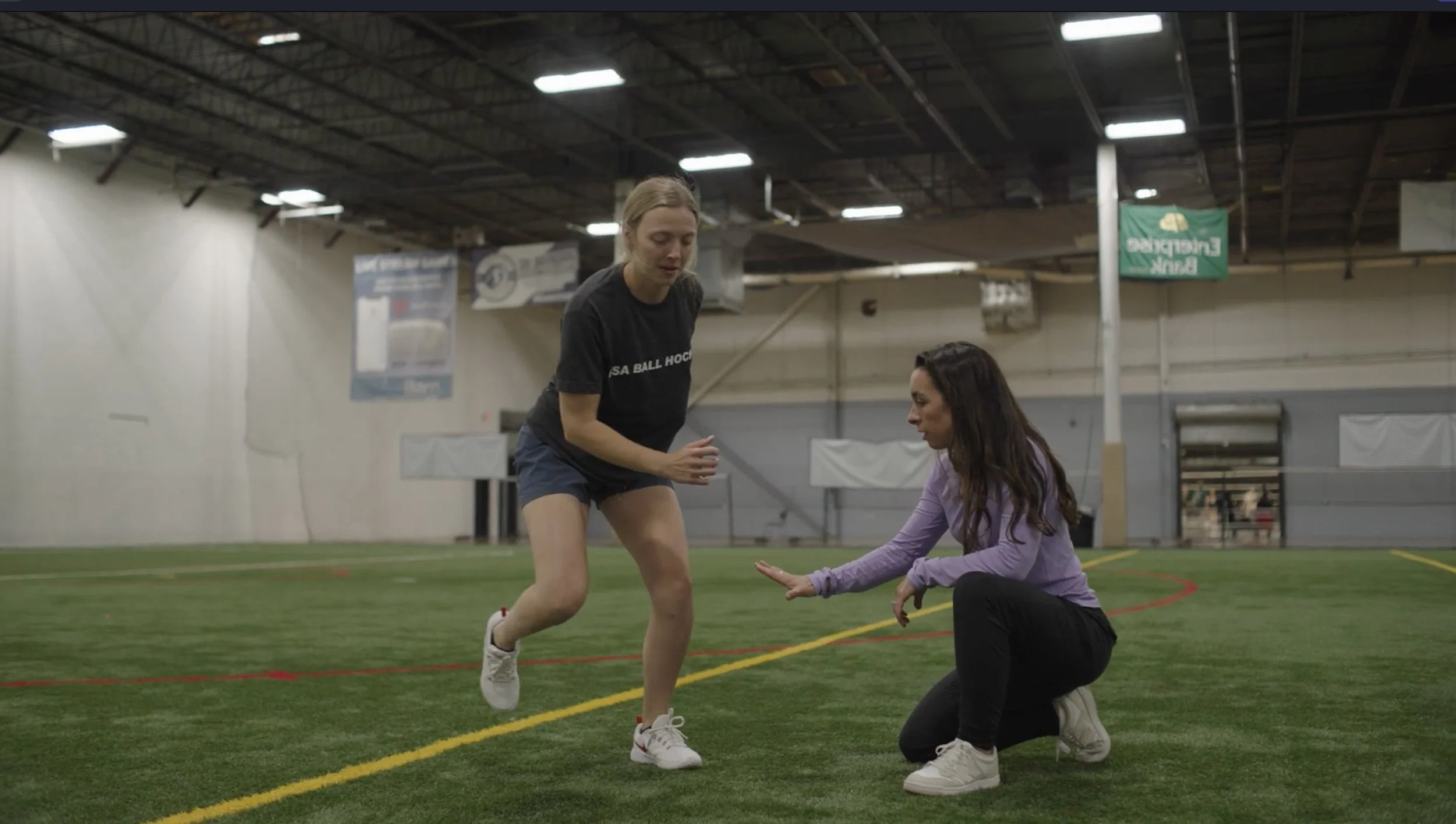Plyometrics
what they are and how to train them the right way
You’ve probably seen athletes doing cool jumps or explosive drills in workouts. That’s called plyometrics, aka jump training, and it’s a powerful way to become faster, stronger, and more athletic.
But it’s not just about jumping high or getting sweaty. Plyometrics need to be done the right way to actually help you and avoid injuries. Let’s break it down:
What Are Plyometrics?
Plyometrics are quick, powerful movements that help your muscles create force fast, kind of like stretching a rubber band and letting it snap back.
Some common plyometric exercises:
Jump squats
Box jumps
Skater jumps (side to side)
Lateral hops
Tuck jumps
Jump and stick landings
These help your body move faster and more powerfully: perfect for sports like soccer, volleyball, basketball, and track.
Why Plyometrics Matter (Especially for FEMALE ATHLETES)
Doing jump training the right way helps you:
Run faster and jump higher
React quicker in games
Strengthen your joints and muscles
Lower your risk of injuries, like ACL tears (which are more common in females)
Basically, they help you become a stronger, safer, and more confident athlete.
⚠️ Mistakes to Avoid
Some people make the mistake of jumping into hard plyos too fast. That’s risky and can hurt more than help.
Common mistakes:
Doing jumps before your legs are strong enough
Landing with knees caving in or locked legs
Doing too many too fast
Treating it like cardio (plyos are about power—not just heart rate)
✅ How to Train Plyos Safely & Effectively
1. Get Strong First
If you can’t do a proper squat or lunge, hold off on advanced jumping. Start with:
Body weight squats
Body weight lunges
Glute bridges
Core and stability work
This gives your body the strength to control landings and prevent injury.
If you’re not sure where to start, come to KINISI for a full body assessment where we can take a deeper dive into your actual strength numbers for your quads, hips, and hamstrings, and let you know if you’re ready to be jumping!
2. Learn to Land First
Before big jumps, learn to land softly and safely. Think:
“Land like a ninja” (quiet feet!)
Knees in line with toes—not caving in
Bend hips and knees to absorb the landing
Try:
Jump and stick (land and freeze)
Drop squats (step off a box and land softly)
start double leg and try single leg once mastered
3. Start Simple, Then Level Up
You don’t need to do crazy jumps right away. Build up slowly:
Progression example:
Jump squats → Tuck jumps → Box jumps → Single-leg hops
Side-to-side example:
Lateral hops → Skater jumps → Bounds with control
4. Quality Over Quantity
More isn’t better. Plyos are hard on your body, so short, high-quality sets are best:
3–6 reps per set
3–5 sets total
Rest 1–2 minutes between sets
Do them 2–3 times a week (not on back-to-back days)
5. Train in All Directions
Sports aren’t just forward and backward—you move in all directions. So include:
Side jumps
Diagonal hops
Rotational jumps
Quick direction changes
6. Rest and Recover
Plyos are intense, so make sure to take rest days and mix in lighter workouts like swimming, walking, or yoga.
Landing from jumps: Girls often land with straighter knees and knees closer together. This puts more pressure on the knee and ACL.
Muscle use: Many girls rely more on their thigh muscles (quads) and not enough on their hamstrings (the muscles on the back of your legs), which are really important for protecting your knees.
Weak core or hips: If your hips or core aren’t strong enough, your knees may move in weird ways when you run or land.
Pro Tips to Remember
When doing plyos, think:
“Explode up, land soft”
“Stick the landing like a gymnast”
“Use your arms!” (they help with power)
Final Thoughts
Plyometric training can totally level up your athletic performance—but only if you do it with good form, patience, and purpose.
Start with strength, master your landings, and build up slowly. You’ll get faster, stronger, and more powerful while keeping your body healthy and injury-free.



